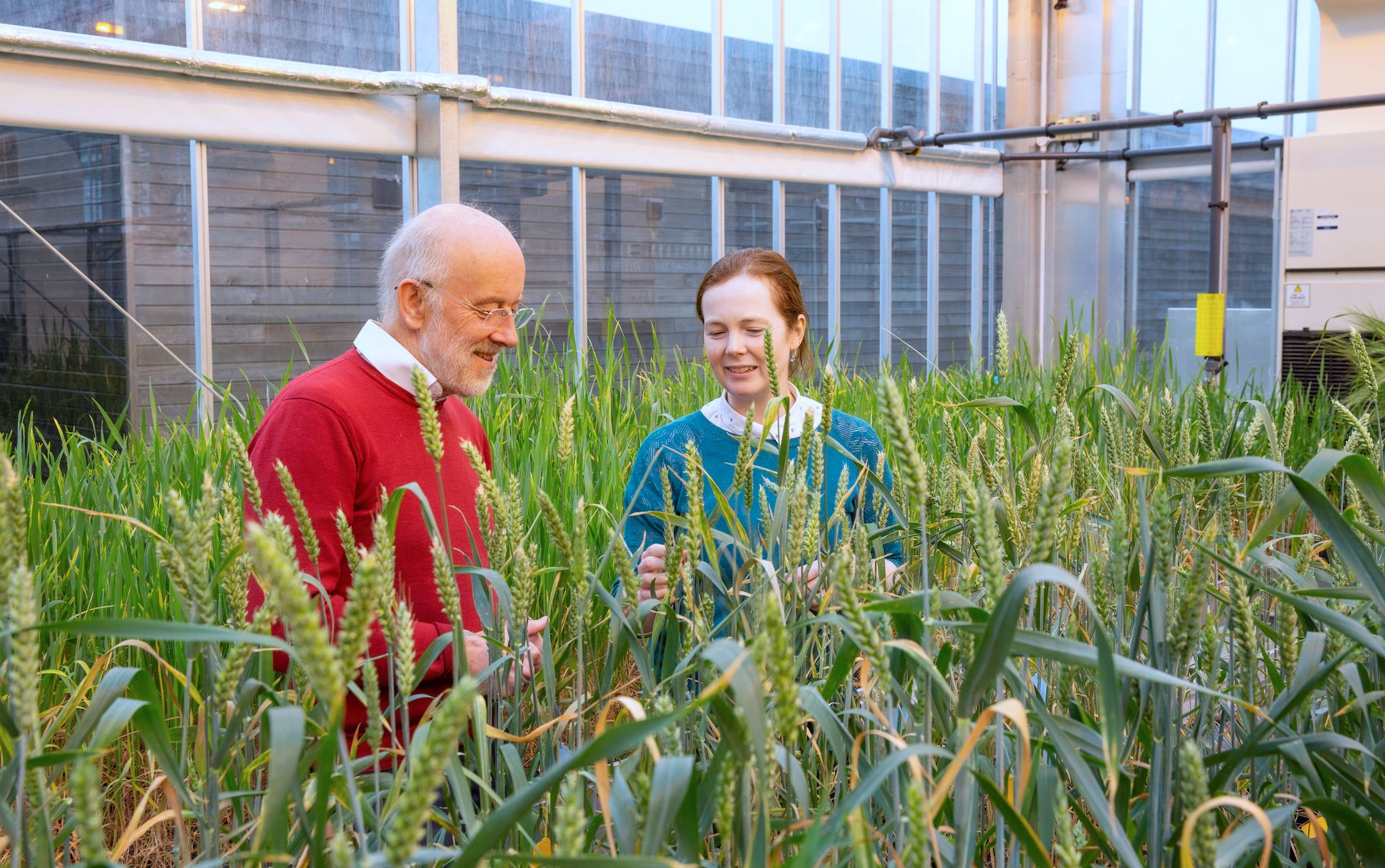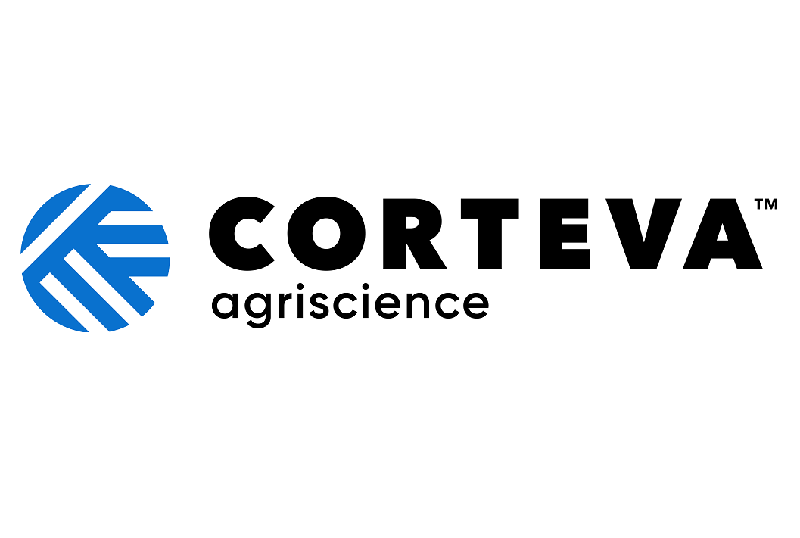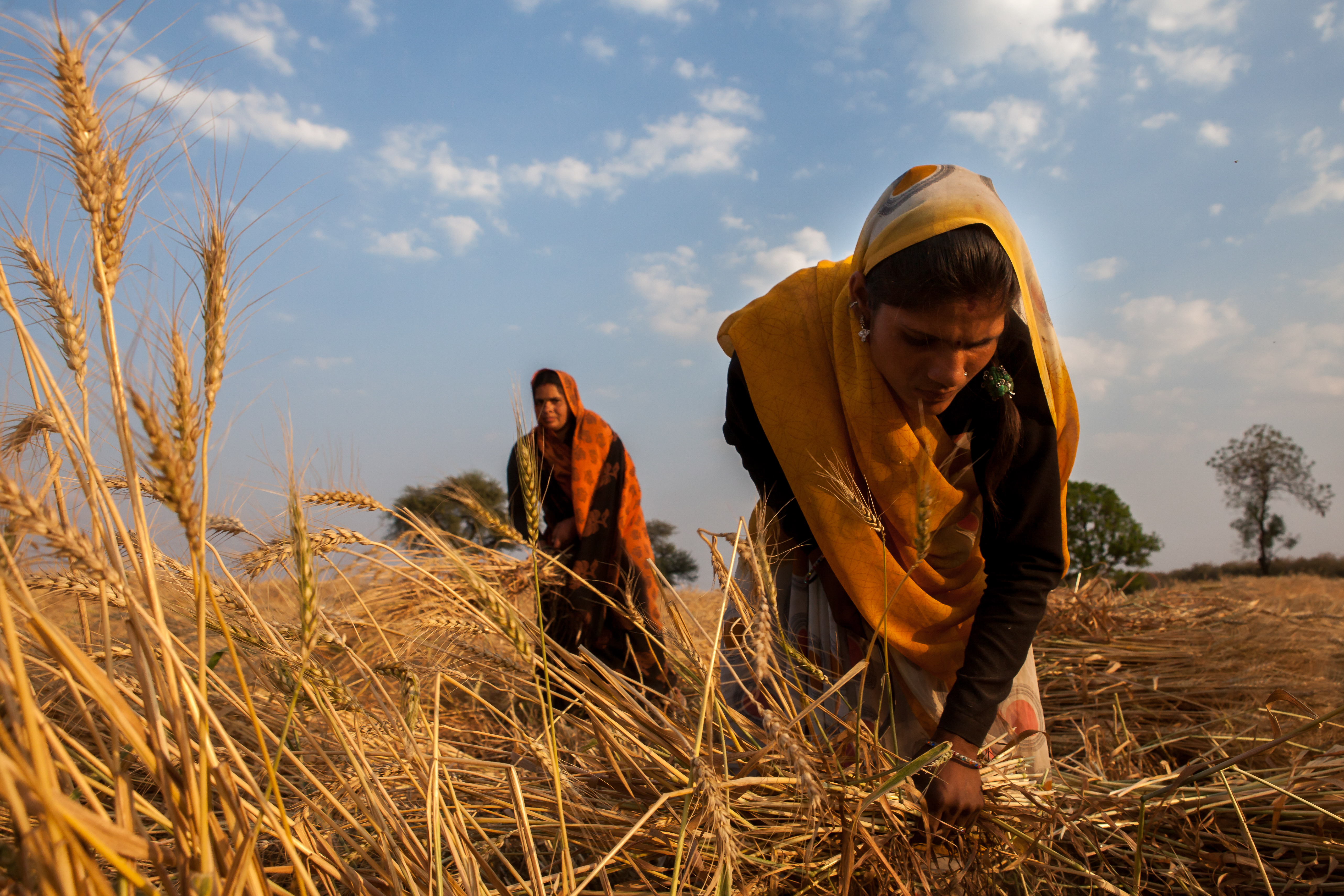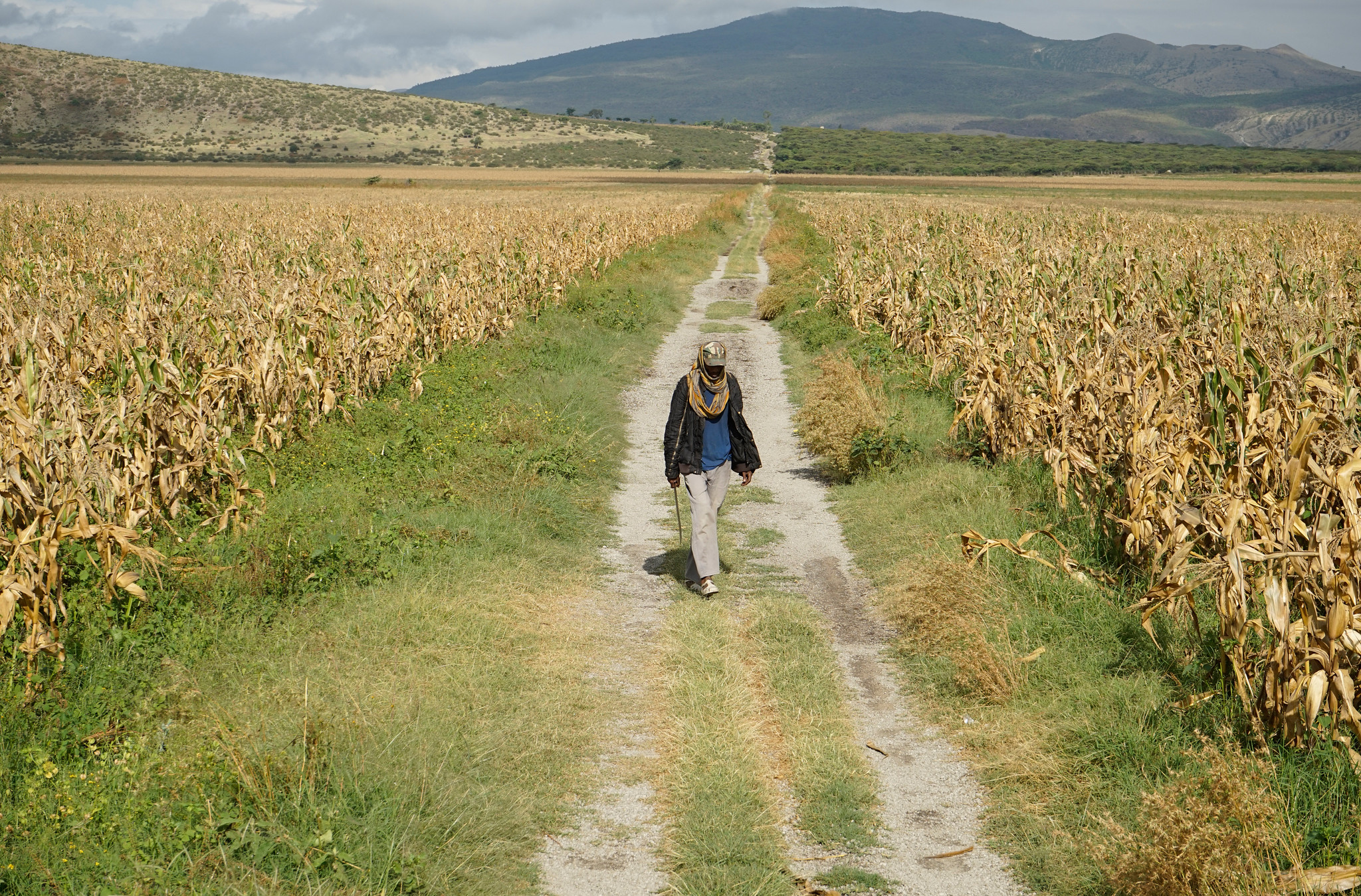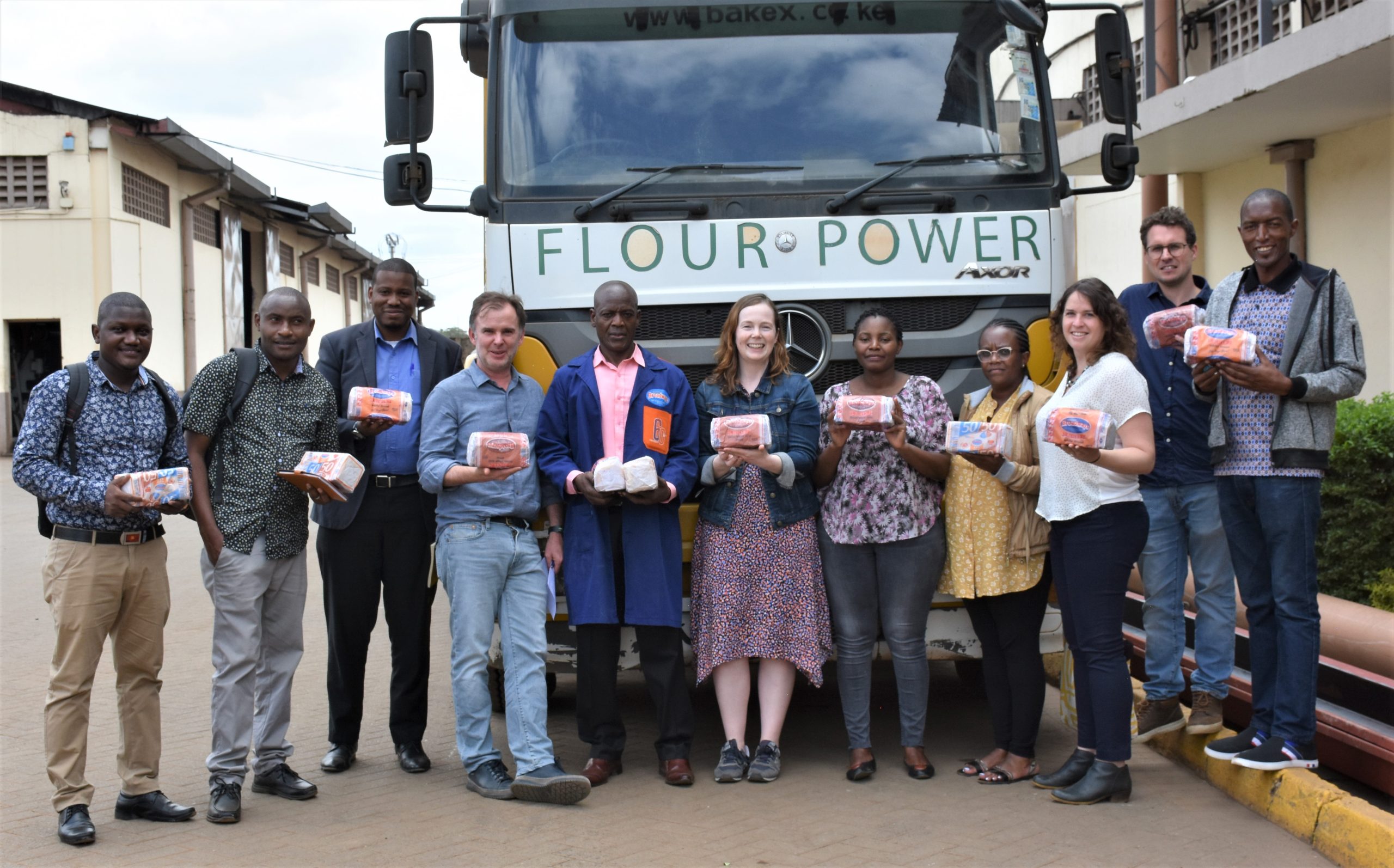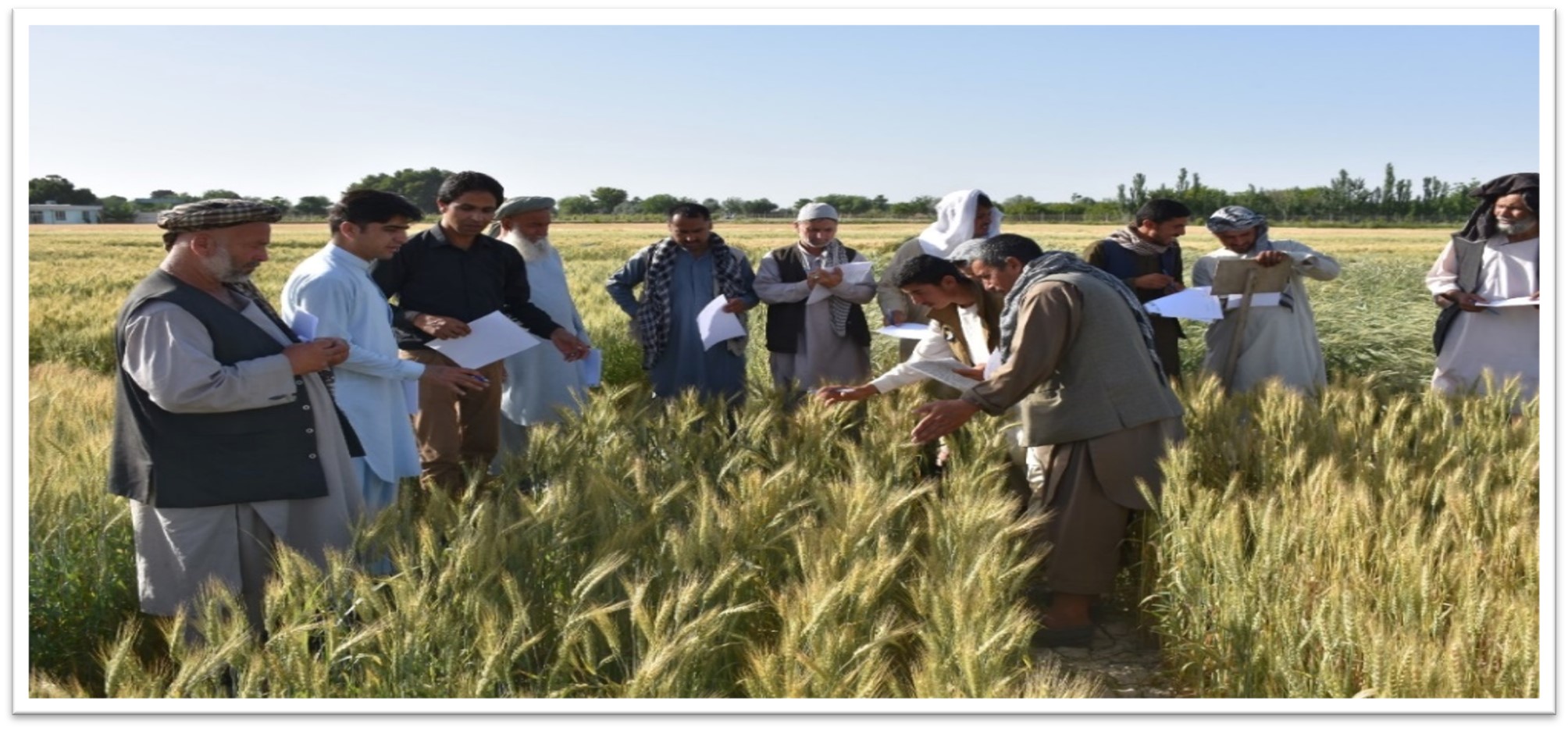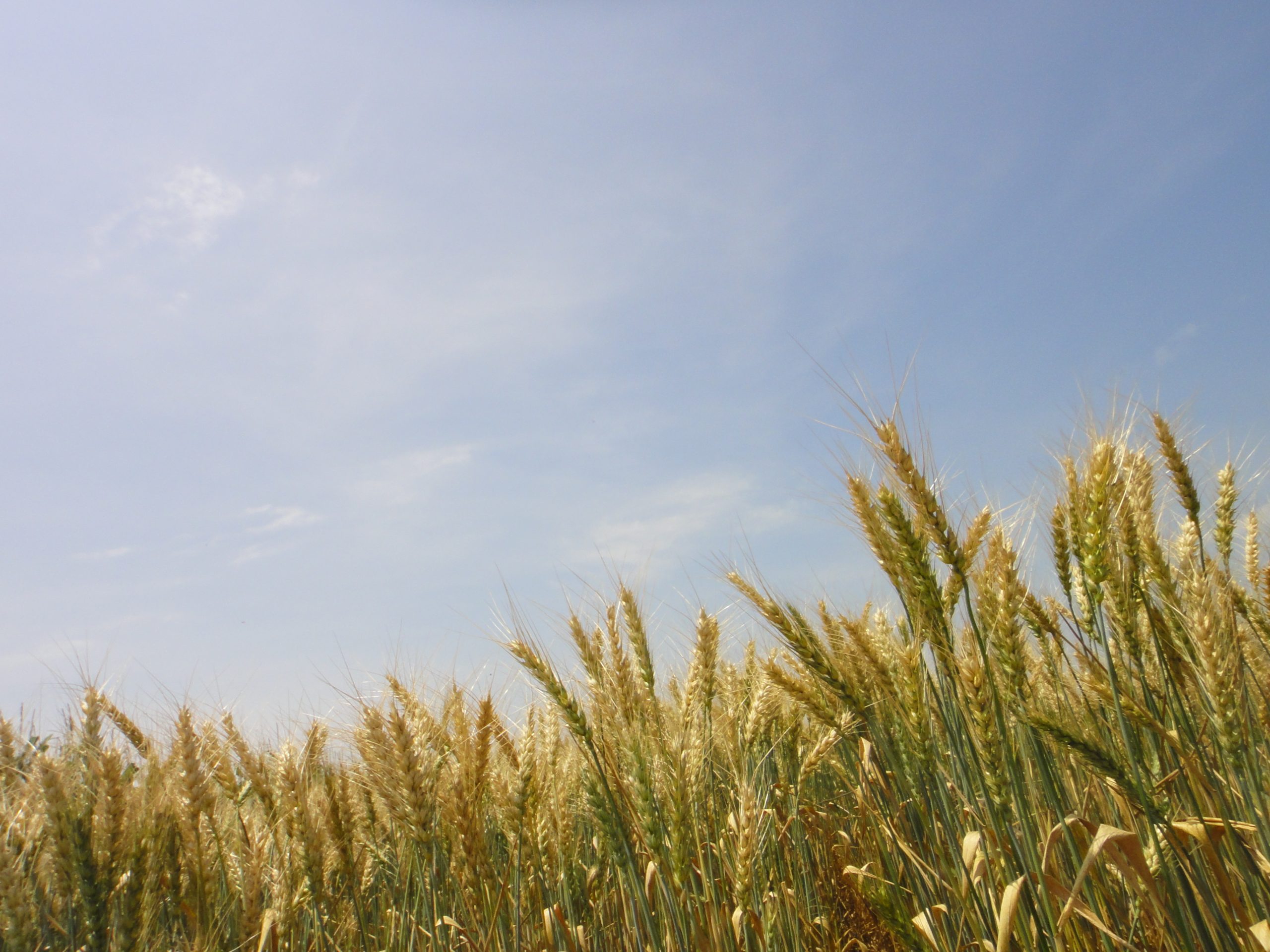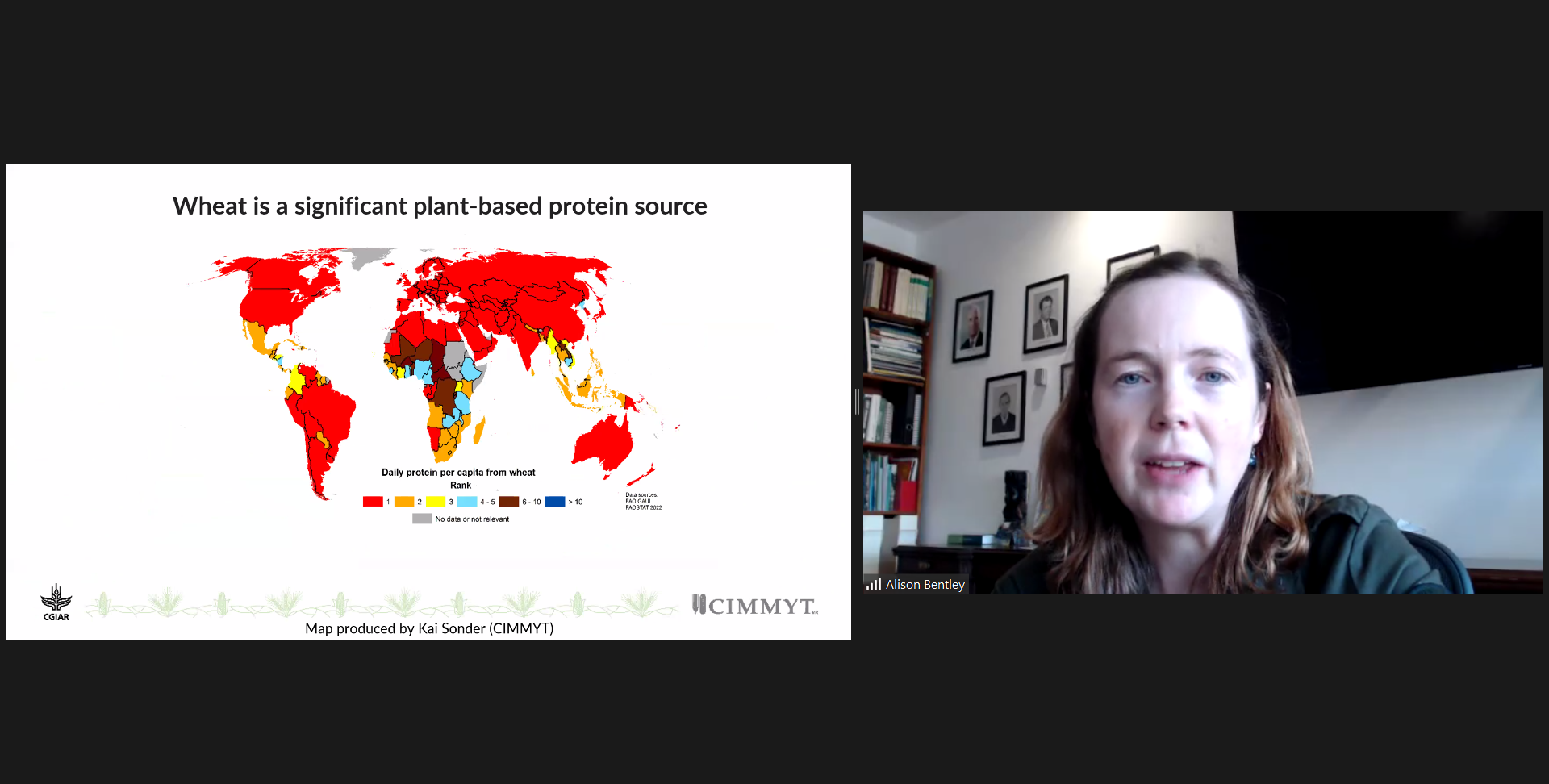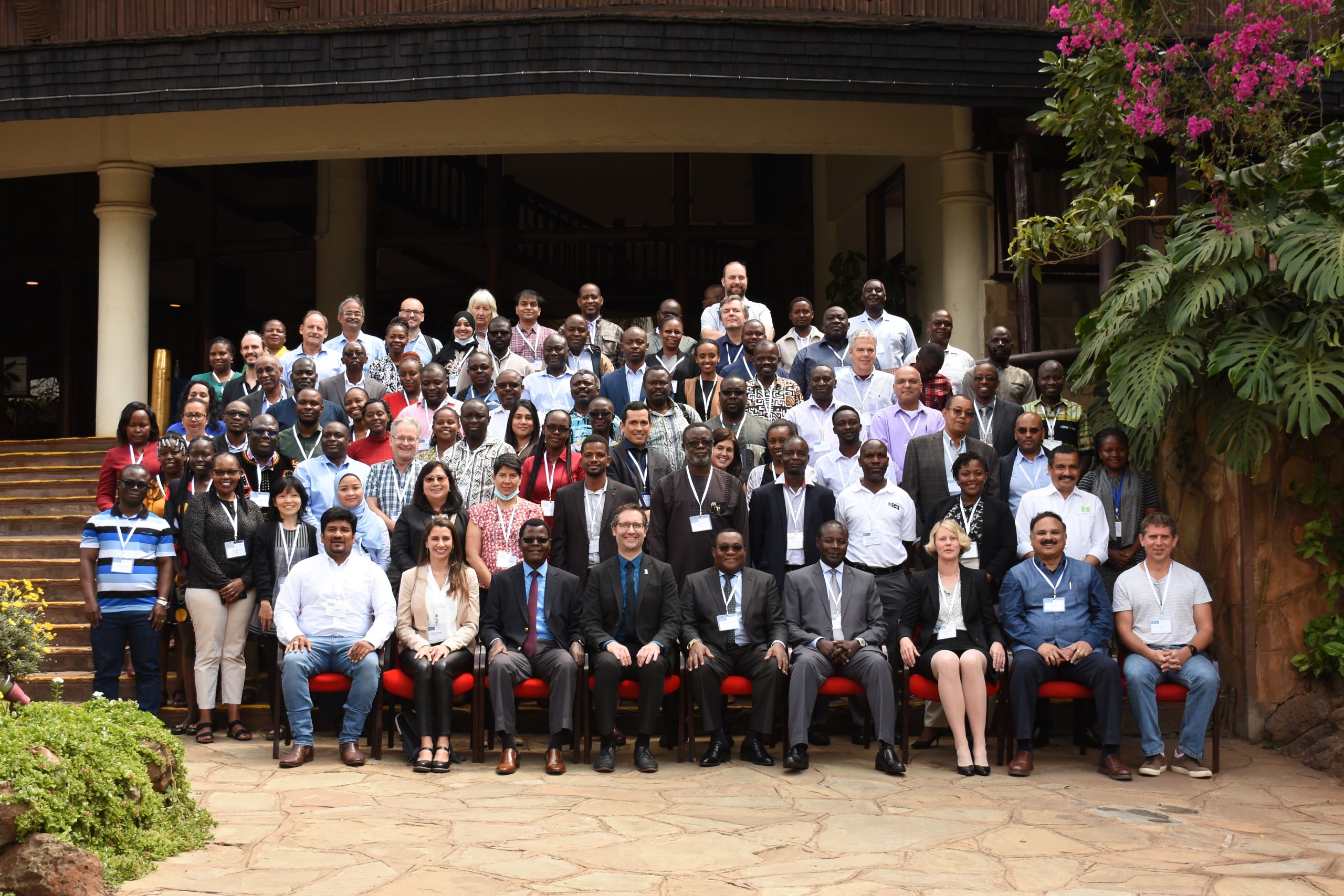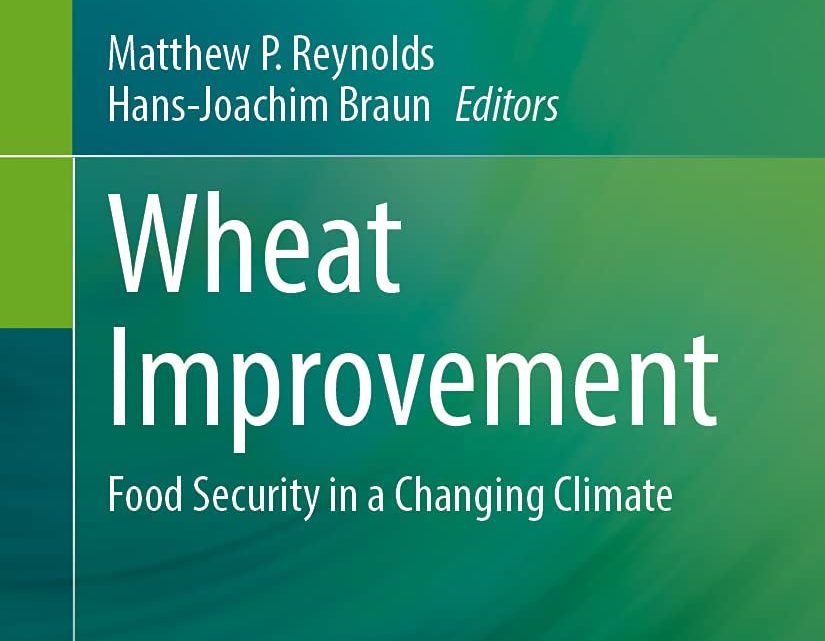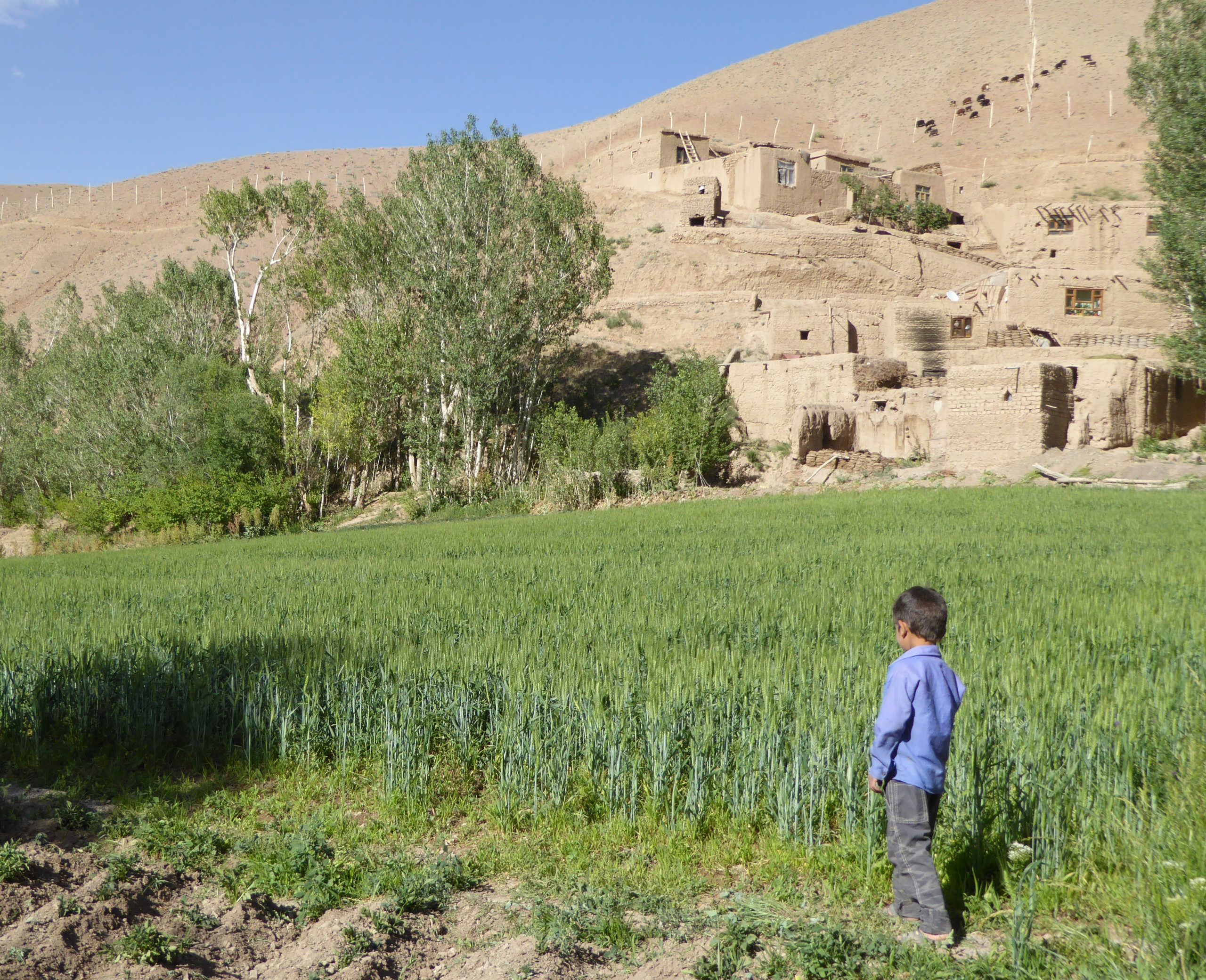Wheat
How bad will we let the food crises get?
 Climate adaptation and mitigation
Climate adaptation and mitigation
Dr Alison Bentley leads the Global Wheat Program at the International Maize and Wheat Improvement Center (CIMMYT) and will be addressing the Crawford Fund’s international conference Celebrating Agriculture for Development – Outcomes, Impacts and the Way Ahead this week in Parliament House, Canberra.
Fighting back against Ug99 wheat stem rust
 Environmental health and biodiversity
Environmental health and biodiversity
Source: Corteva (10 Aug 2022)
Genetic analysis plays a vital role in tackling crop diseases such as wheat stem rust, which can be financially devastating for farmers.
Achieving sixty years of wheat yield increase
 Nutrition, health and food security
Nutrition, health and food security
Scientists in the Yaqui Valley, Mexico, release six decades of wheat research evidencing opportunities for improved wheat growth and yield.
Can digital agricultural services boost Ethiopia’s durum wheat production?
 Capacity development
Capacity development
Value chain stakeholders united to review the status of durum wheat production and marketing in Ethiopia and the prospective role of digital agricultural services.
Earlier wheat planting will boost yields in eastern India
 Innovations
Innovations
Adjusting the sowing dates for wheat in eastern India will increase untapped potential production by 69%, new research shows, helping to ensure food security and farm profitability as the planet warms.
Exploring the potential for blended wheat flours in Kenya
 Climate adaptation and mitigation
Climate adaptation and mitigation
CIMMYT supports practical solutions to the ongoing global wheat crisis by understanding consumer acceptance of foods baked from blended wheat flour.
Scientists step up wheat landrace conservation efforts in Afghanistan, Turkey and other countries in the region
 Environmental health and biodiversity
Environmental health and biodiversity
In 2009, a team of wheat scientists from CIMMYT, ICARDA, FAO, and national partners set off on a five-year expedition across Central Asia to collect as many landraces as they could find.
How to shockproof staples in a looming global food crisis
 Nutrition, health and food security
Nutrition, health and food security
As the Russia-Ukraine conflict continues, practical actions now can build food system resilience.
Essential actions to mitigate the food crisis, stabilize supply and transition to greater agrifood system resilience
 Nutrition, health and food security
Nutrition, health and food security
Experts propose short-, medium- and long-term practical actions to respond to the looming global food crisis catalyzed by the Russia-Ukraine war.
Cross-center learning between CIMMYT and WorldFish
 Climate adaptation and mitigation
Climate adaptation and mitigation
Collaboration between two CGIAR centers emphasizes opportunities for collaboration between agricultural researchers that could prove vital in the fight to establish food security.
Researchers use storytelling to evaluate women’s agency in agricultural production
 Capacity development
Capacity development
A study in India highlights who does what in wheat farming to support the design of gender-responsive interventions in the region.
CGIAR Plant Health Initiative formally launched on the International Day of Plant Health
 Gender equality, youth and social inclusion
Gender equality, youth and social inclusion
The Initiative targets a broad range of pests and diseases affecting cereals, legumes, potato, sweet potato, cassava, banana and other vegetables.
Wheat improvement: Food security in a changing climate
 Capacity development
Capacity development
New textbook covers all aspects of wheat improvement, as well as rapidly evolving technologies and their potential to accelerate genetic gains and adaptation.
It is time to invest in the future of Afghanistan’s wheat system
 Capacity development
Capacity development
Afghan farmers need varieties with improved traits such as heat and drought resilience, incorporating functional variation from existing landrace collections.
